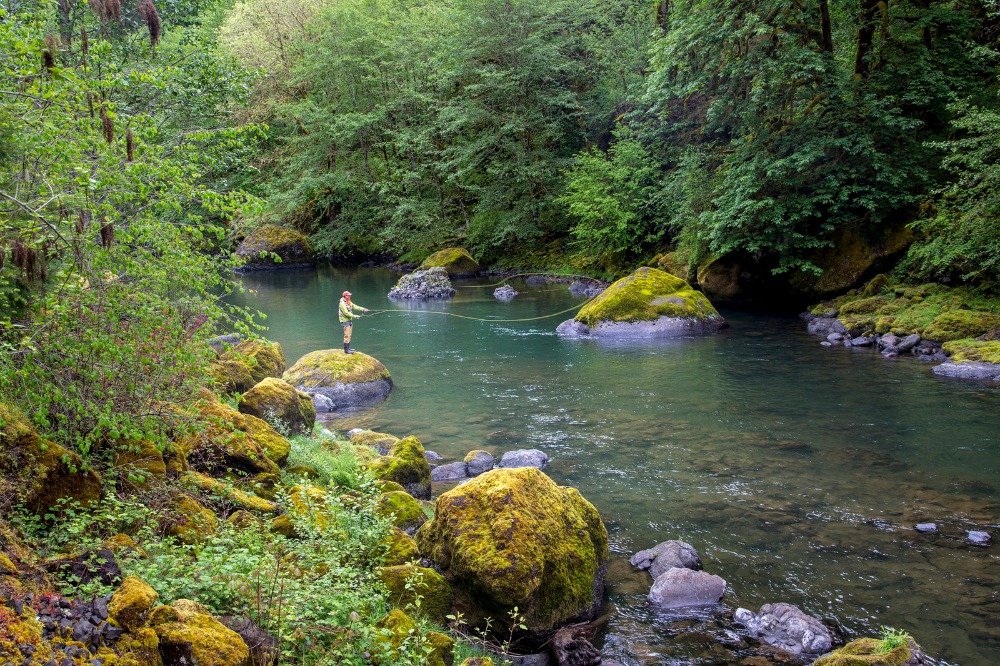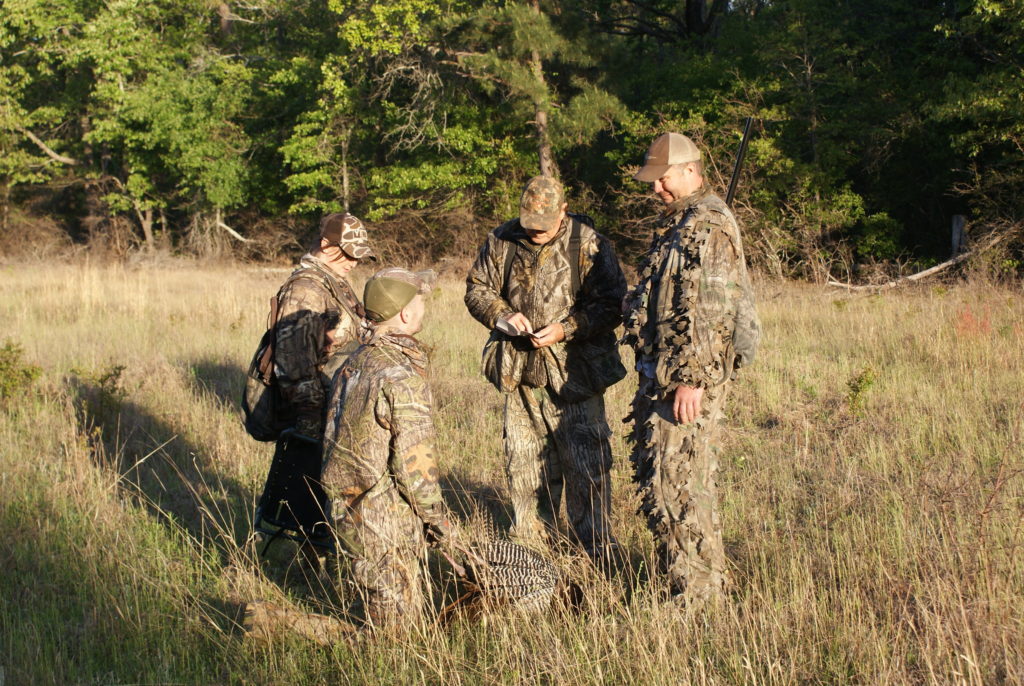Last updated on February 12th, 2024

As an organization that was created specifically to find common ground and solve complicated conservation issues, the Theodore Roosevelt Conservation Partnership knows a thing or two about the value of collaboration.
In the late 1990’s, though species-specific conservation groups had been successful at bringing fish and wildlife populations back from the brink, it seemed like we were fighting each other for the attention of decision-makers in Washington, D.C. Our late co-founder, Jim Range, recognized this and formed what was to become the TRCP to fill that gap.
Now, we are the largest conservation coalition in the country, carrying on Theodore Roosevelt’s legacy of safeguarding habitat and quintessentially American access to the outdoors.
Almost 20 years later, we are proud to forge new alliances within the U.S. Nature for Climate coalition, where the TRCP brings the collective voice of our 60 organizational partners, 100,000 individual advocates, and dozens of corporate partners to the fight for meaningful Natural Climate Solutions.
Our members may not look like the typical climate activists, but it would be a mistake to assume that American sportsmen and sportswomen are not engaged in this essential work. For one thing, we are on the front lines of climate change, witnessing firsthand the impacts on wildlife and habitat—from altered migration patterns to longer wildfire seasons. As temperatures spike, warming trout streams, we lose access to fishing opportunities. As invasive grasses consume the landscape, upland birds and other game lose critical forage. As summers lengthen, ticks take down big game animals before we get our shot in the fall.

Hunter and angler participation is also critical to conservation funding in the U.S., where hunting and fishing license sales and excise taxes on firearms, ammunition, boat fuel, and other essential equipment go directly to state fish and wildlife management agencies. These dollars benefit all species, not just those that are pursued as game.
This is why the TRCP is focusing its efforts on advocating for Natural Climate Solutions—many are habitat improvements that hunters and anglers already want. Besides our participation in USN4C, we are a part of several climate-focused working groups and we lead our own 41-group effort within the hunting and fishing space.
There’s an additional layer of value in nature-based infrastructure solutions that can restore fish and wildlife habitat while storing or sequestering carbon. So we’re educating decision-makers and our members on the benefits of natural infrastructure across all of our campaigns.
There may be no better time to advance Natural Climate Solutions with these win-win propositions: The stresses of the pandemic have driven more Americans to find solace in—and appreciation for—the great outdoors, but our nation is also still in the midst of the economic fallout from COVID restrictions. We need bold investments in conservation, including Natural Climate Solutions, to put Americans back to work, just as we have in past economic crises.
The ripple effects of decisive action now will be felt by generations to come—those who, as Theodore Roosevelt famously said, are “still in the womb of time.” If we meet our goals, they will experience more abundant fish and wildlife habitat, cleaner air and water, and the protection of resilient coastlines and functional wetlands. It’s why we do what we do, as both a partner and a partnership.
To learn more about the TRCP’s mission, watch this video.
Christy Plumer is the chief conservation officer for the Theodore Roosevelt Conservation Partnership and a member of the USN4C Steering Committee.
